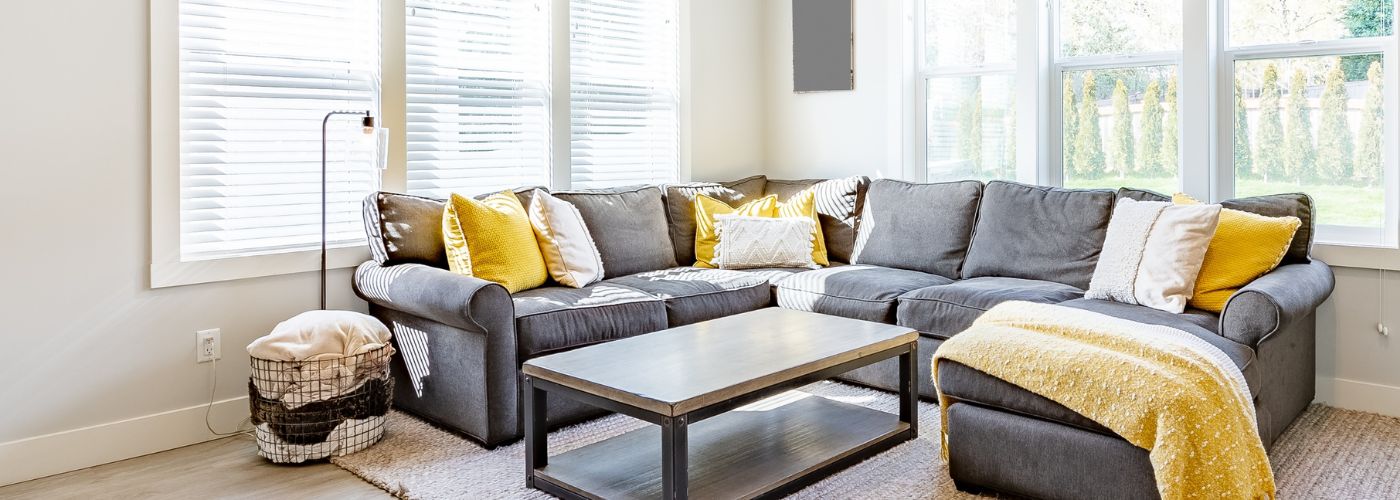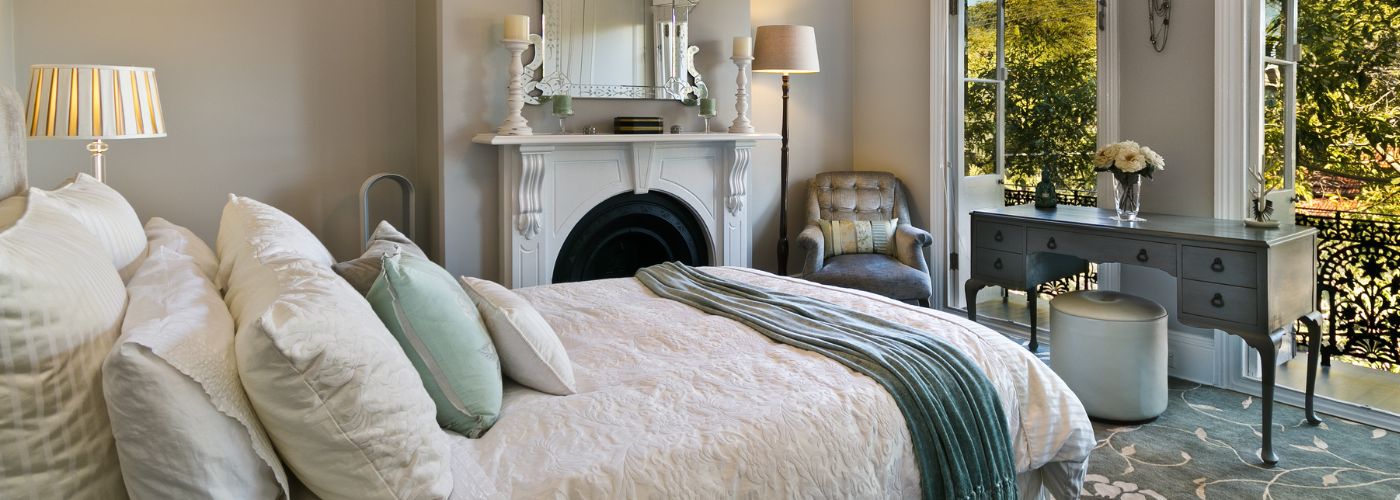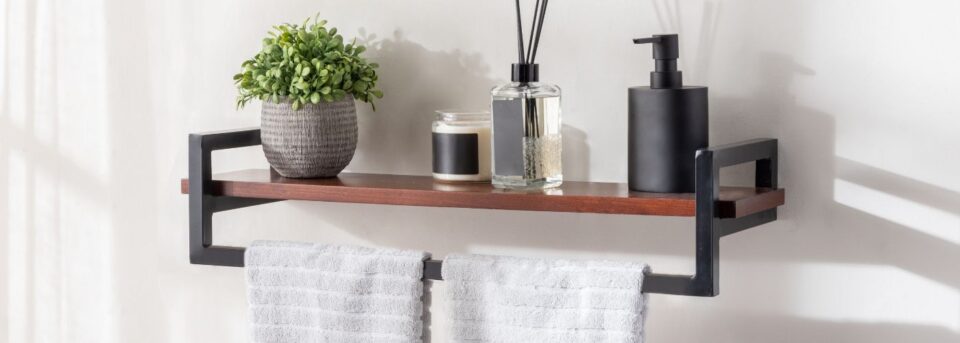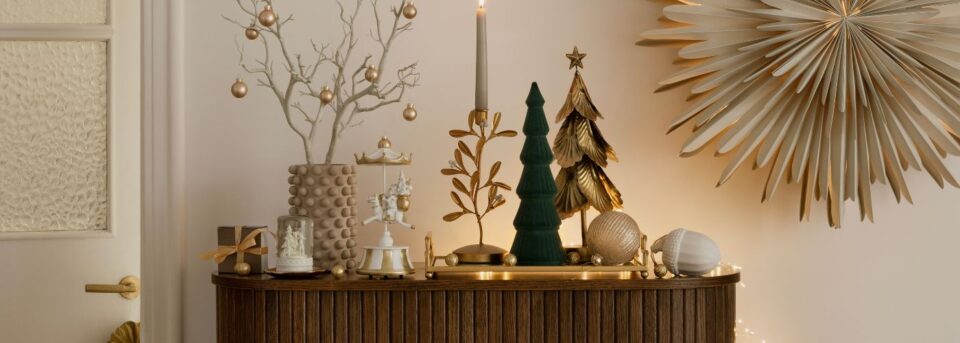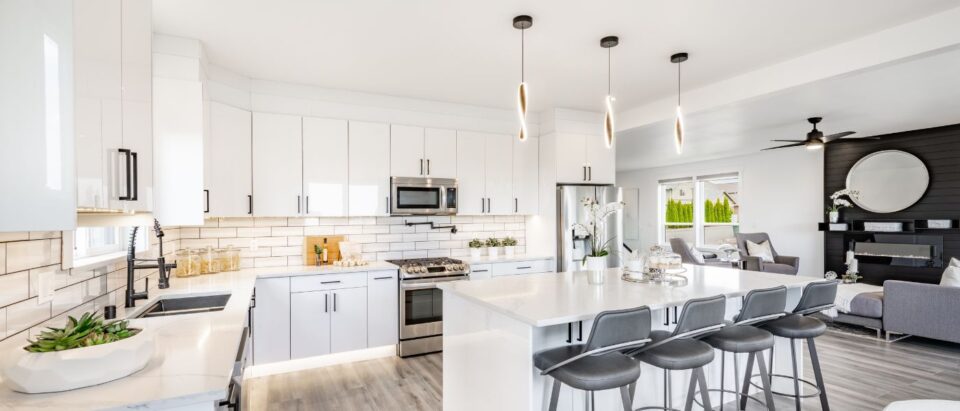Using Color Psychology in Interior Design
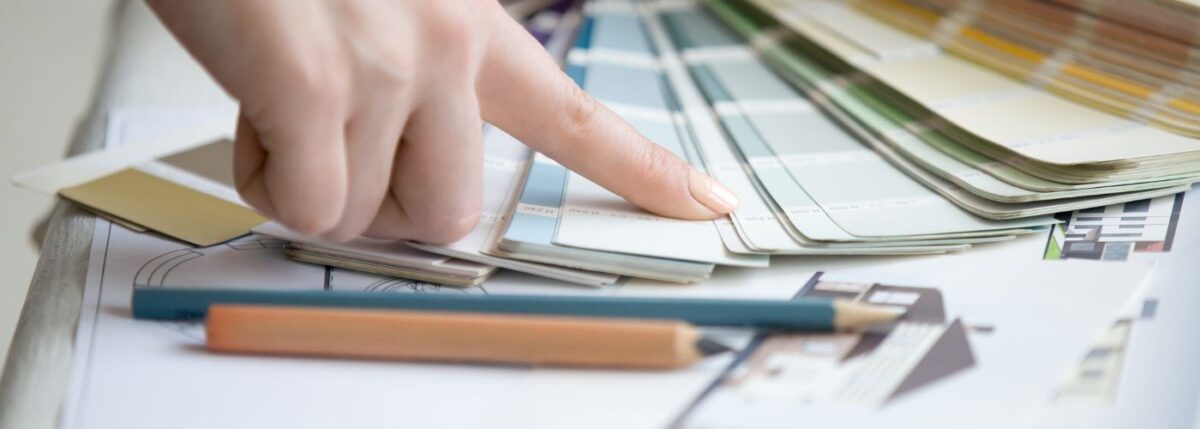
Did you know that the color of your walls can influence your mood and productivity? Understanding color psychology in interior design can transform not just your space, but also how you feel within it.
This article dives into the fascinating science behind color choices and their psychological impacts, offering practical tips for creating environments that resonate with your personal or professional aspirations.
How To Use Color Psychology in Interior Design
Using color psychology in interior design can transform the atmosphere of your home by influencing how you feel in each space. Different colors evoke different emotions and reactions, so choosing the right shades can help create the desired ambiance. For instance, soft blues and greens are known for their calming effects, making them ideal for bedrooms or relaxation areas where you want to unwind.
Additionally, combining various tones thoughtfully can enhance the overall look; using neutral colors as a backdrop allows bolder accents to stand out without overwhelming the space.
By carefully selecting and pairing colors based on their psychological effects, you can create harmonious environments that reflect your personality and improve your daily life experience at home.
Energizing Your Living Area with Yellow Accents
Color psychology in interior design is a powerful tool that can transform the ambiance of a space, influencing mood and behavior in subtle yet profound ways. One striking approach is incorporating yellow accents to energize your living area.
This vibrant hue evokes feelings of warmth and cheerfulness, making it an ideal choice for spaces meant to foster social interaction and creativity. A few strategically placed yellow pillows or a bold piece of artwork can uplift the entire room, creating an inviting atmosphere that encourages conversation and connection.
Other bold colors that can enhance the energy of a space include red and orange. Red, known for its stimulating qualities, can increase heart rate and evoke feelings of passion and excitement.
Incorporating red through accent walls, furniture, or decor can create a dynamic focal point that draws attention and sparks lively discussions. However, it’s essential to balance this intensity with softer tones to prevent the space from feeling overwhelming.
Balance Neutrals and Bold Colors in Your Decor
Color psychology in interior design goes beyond mere aesthetics. It taps into the emotional and psychological responses that colors can evoke. For instance, balance neutrals and bold colors in your decor.
Neutrals serve as a foundation, providing a sense of tranquility and allowing bold hues to shine without overwhelming the senses. Imagine a serene gray living room accentuated with splashes of deep teal or burnt orange through cushions and artwork.
This interplay creates visual interest while ensuring that the space remains inviting and comfortable. By thoughtfully integrating color psychology into your interior design, you can curate a home that resonates with your personal style and emotional needs.
When selecting your color palette, pay attention to the natural light in each room. A south-facing room will benefit from cooler tones to balance the warm sunlight, while a north-facing room may thrive with warmer shades to create a cozier feel.
Use Blue for a Calming Atmosphere
Color psychology in interior design is a powerful tool that can dramatically influence mood and behavior. For instance, blue is renowned for its calming effects, making it an ideal choice for spaces intended for relaxation, such as bedrooms or meditation areas.
This serene hue can lower heart rates and promote a sense of tranquility, allowing individuals to unwind after a hectic day. Consider pairing soft blues with natural materials like wood and stone to enhance this peaceful ambiance further.
Other calming colors that work great in similar spaces include soft greens and muted lavenders. Green, often associated with nature, can evoke feelings of balance and harmony, making it perfect for living rooms or home offices where a soothing environment is essential.
Muted lavenders, on the other hand, blend the calming qualities of blue with the uplifting energy of purple, creating a serene yet invigorating atmosphere.
Use Red to Energize Spaces
Color psychology plays a pivotal role in shaping the ambiance of our interiors, and one of the most dynamic hues in this palette is red. Often associated with passion and energy, using red to energize spaces can transform a mundane room into a vibrant focal point.
When strategically applied, this color can stimulate conversation and creativity, making it an excellent choice for communal areas like living rooms or open kitchens. However, balance is key; consider pairing red accents with softer tones to prevent overwhelming the senses while still reaping the invigorating benefits.
Beyond its energizing qualities, red can also evoke warmth and comfort when used thoughtfully. For instance, deep burgundy walls can create an inviting atmosphere, perfect for intimate gatherings or cozy evenings.
Natural Light to Enhance Color Perception
Color psychology plays a crucial role in shaping our emotions and behaviors within a space. Natural light to enhance color perception is another key aspect of effective interior design.
The way colors appear changes with different lighting conditions; a room bathed in sunlight will showcase hues more vividly than one with artificial lighting. To maximize this effect, consider the orientation of your windows and how the sun moves throughout the day.
A warm, inviting palette can shift dramatically under natural light, adding depth and warmth that transform the overall feel of a room. Embracing this dynamic interplay between color and light can elevate your interior spaces, making them feel alive and engaging.

